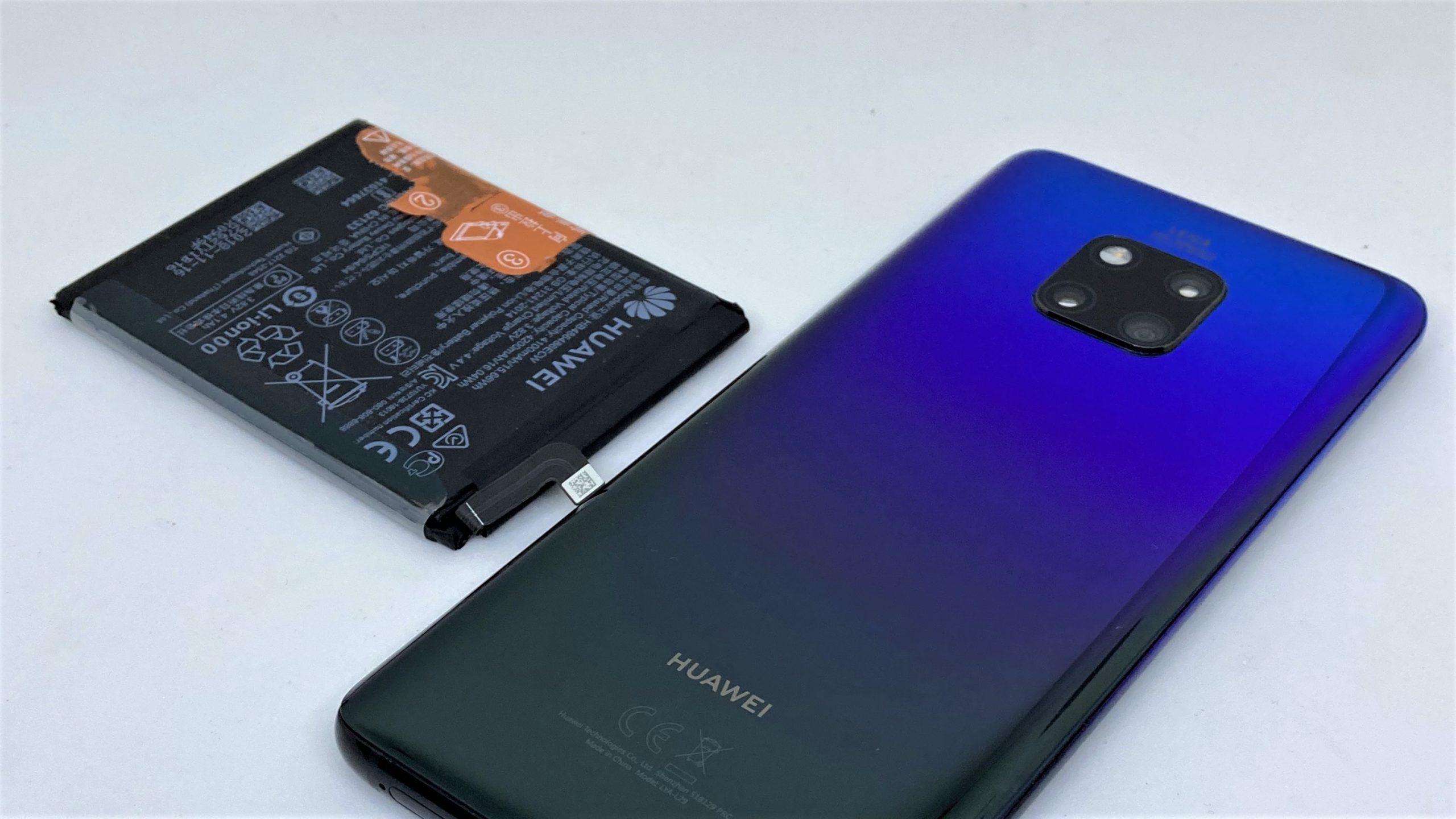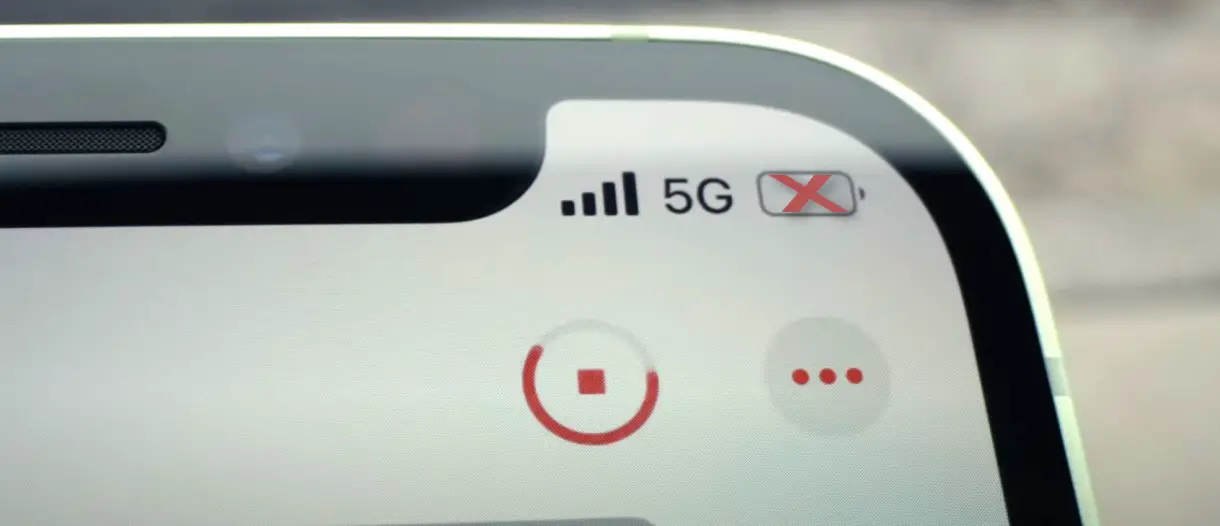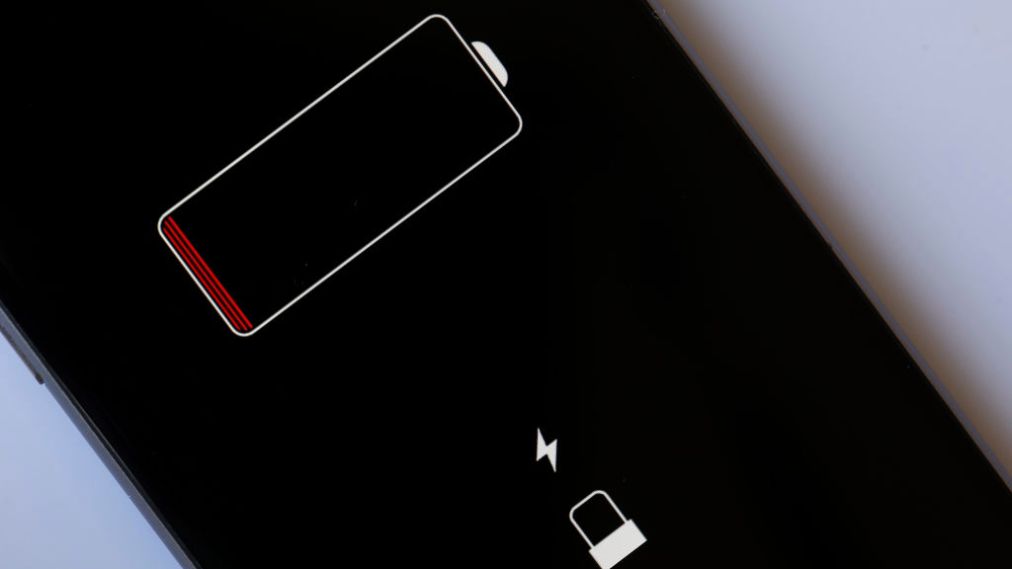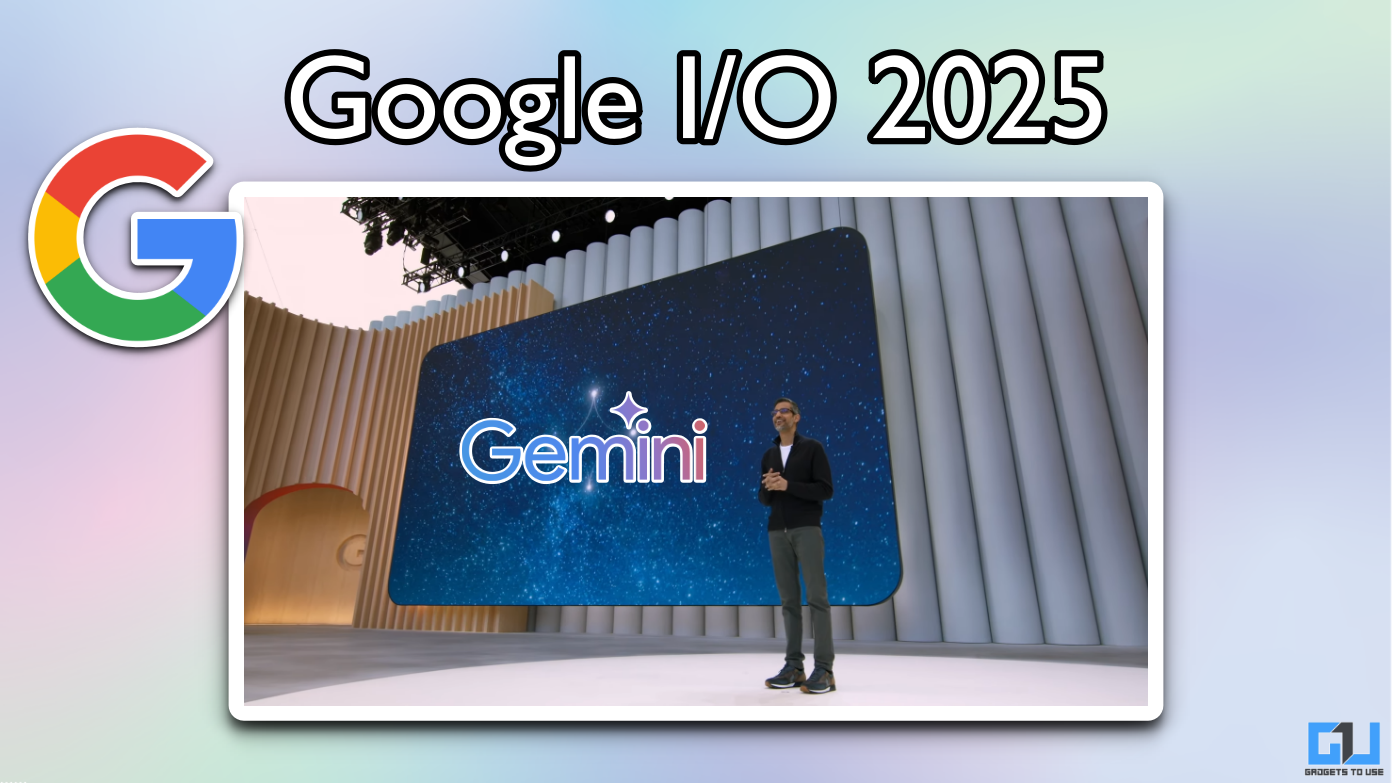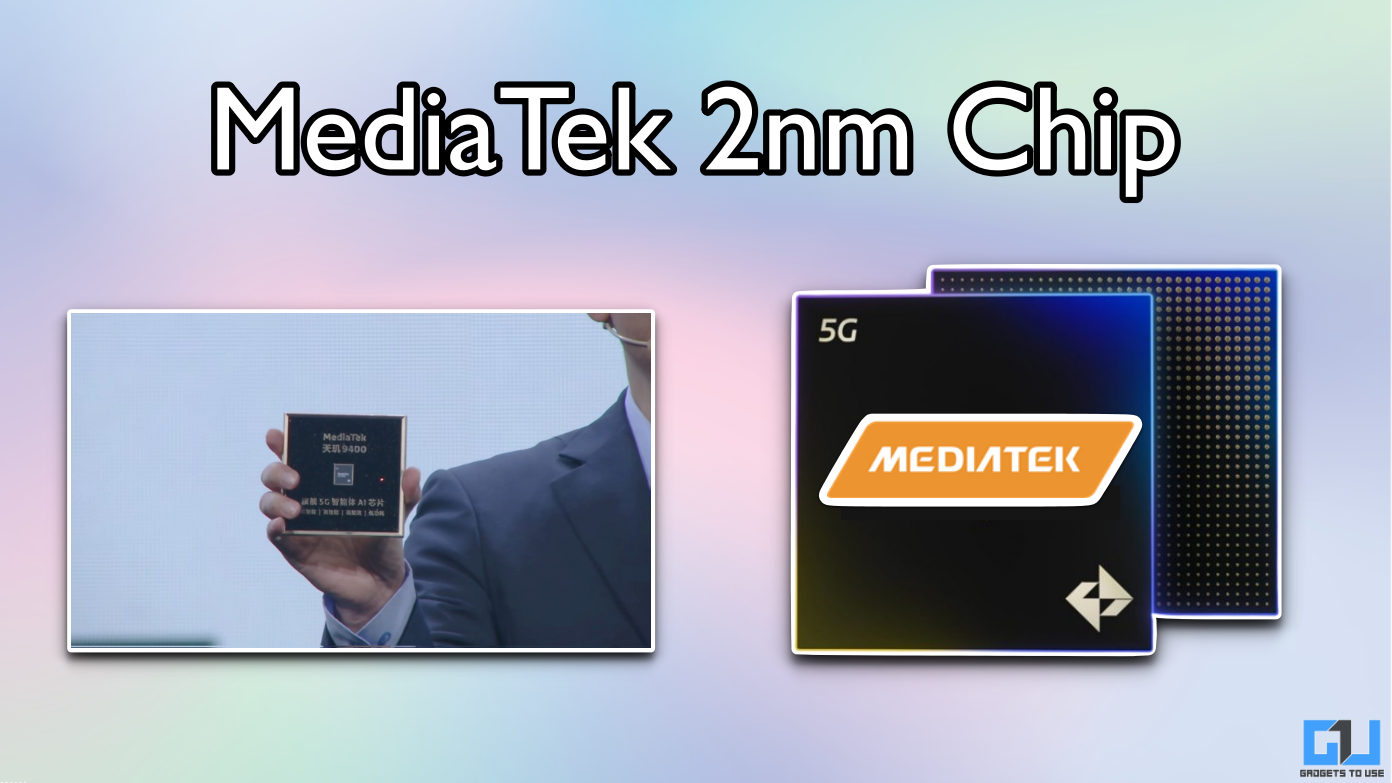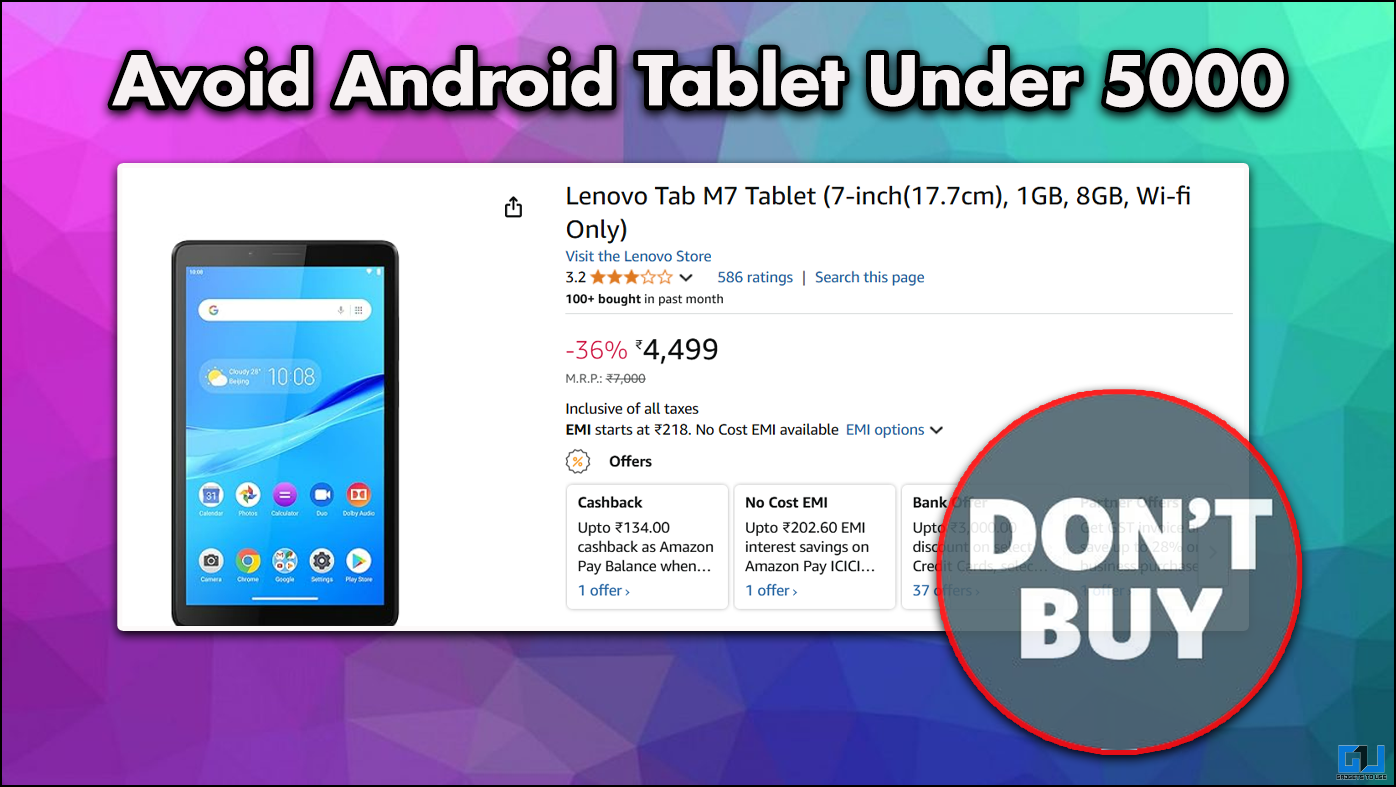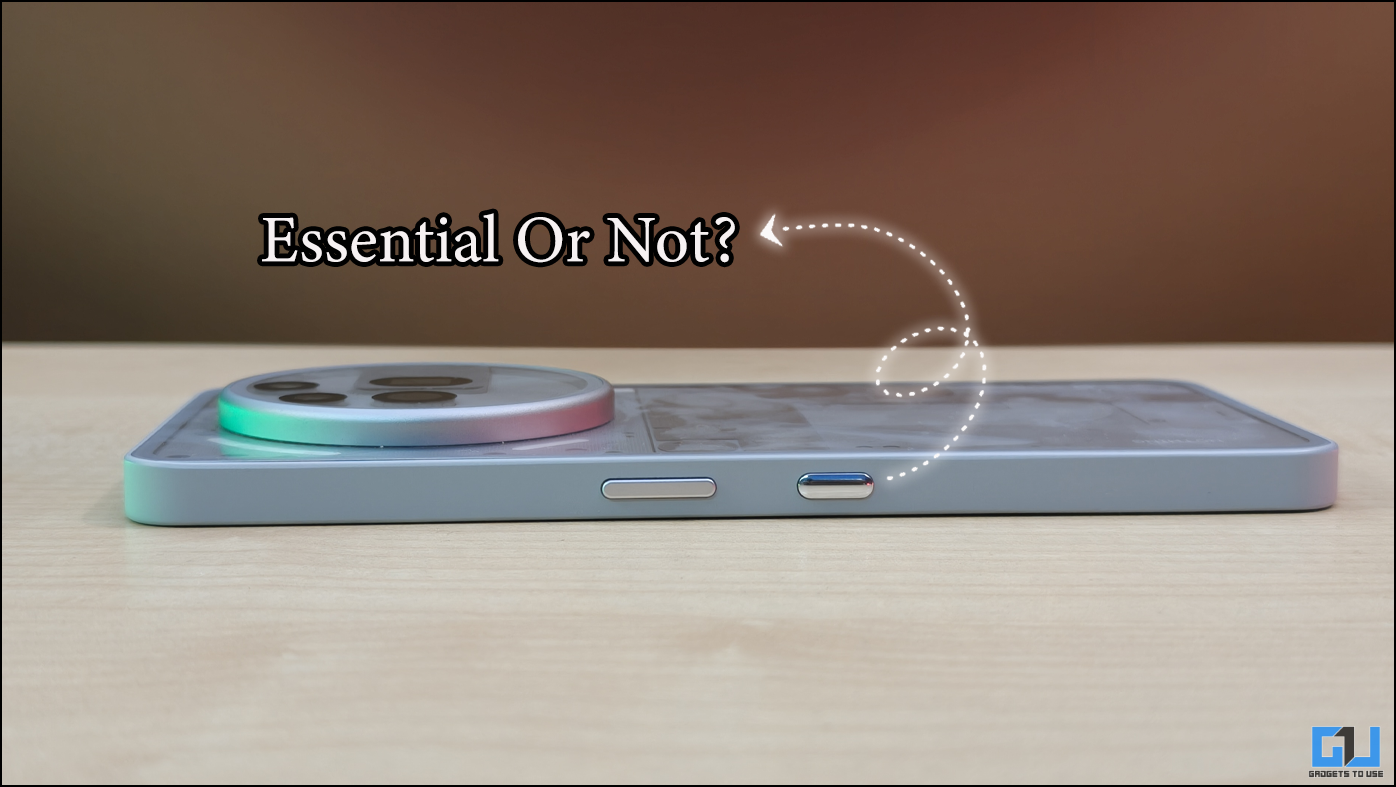Quick Answer
- Hence, a phone with a newer processor in a series will do the same work while using lesser energy.
- The Solli Radar on Pixel 4, the S Pen on Samsung Galaxy Note-series, and the motorized cameras can be counted as power-consuming extras.
- A higher resolution display coupled with a high refresh rate will drain your phone quicker than other phones with the same battery capacity and standard specs.
People who need a smartphone with good battery life tend to look for high mAh ratings- 4000mAh, 5000mAh, and so on. However, a high battery capacity doesn’t necessarily translate to longer endurance. In fact, there are a lot of factors that affect a phone’s real-world battery performance. In this article, let’s look at why big battery phones do not guarantee more screen time.
Also, read | Best Android Launchers That Can Help You Save Battery
Why Do Big Battery Phones Not Guarantee More Screen On Time?
Well, nobody likes charging their phone multiple times a day. This is the reason why people look forward to phones with large battery capacities. However, besides the mAh rating, other factors play a major role in the phone’s screen on time and need to be considered while choosing between devices.
Here, we’ll be identifying various factors that affect the phone’s battery drain. You can use them to make your buying decision or to know why your phone isn’t lasting as long as you expect.
Display
The display is one of the most power-consuming hardware in any smartphone. The basic thumb rule is- larger the display, the more will be the drain. But there’s more to it. The display type, resolution, and refresh rate equally matter when it comes to power consumption.
- OLED vs. LCD:
In comparison to LCD, OLED displays are more power-efficient. This is because pixels are actually turned off to produce the black color- they draw no power. Whereas, in an LCD panel, the screen has to light up regardless of the color. This is the reason you see deep black colors on OLED panels.
If you have a phone with an OLED display, using the dark mode will actually reduce battery consumption.
- Resolution:
A higher resolution means more pixels need to be illuminated. At the same time, the GPU has to do extra work to refresh the extra pixels. This is why an FHD panel uses slightly lesser power than a QHD screen.
Phones with Quad-HD (1440p) screens usually let you scale down the resolution to FHD (1080p) for saving power.
- Refresh Rate:
A lot of phones these days come with high-refresh-rate panels. While it does look good visually, there’s a downside to it. A higher refresh rate of 90Hz, 120Hz, or 144Hz consumes more power than a standard 60Hz panel.
If you use your phone at a higher refresh rate, it’ll refresh things faster and consume more power. A higher resolution display coupled with a high refresh rate will drain your phone quicker than other phones with the same battery capacity and standard specs.
Processor
The processor is indeed the most important hardware on the phone. Apart from performance, it also impacts the battery life by a huge margin. Usually, a chipset’s power consumption is governed by its clock speed, cores, transistor density, optimization, etc.
With each generation, processors get more power-efficient. Hence, a phone with a newer processor in a series will do the same work while using lesser energy. For instance, the new Snapdragon 888 has a 25% more efficient CPU and a 20% more efficient GPU than its predecessors.
You can also judge a processor’s efficiency by its transistor density. For example, a chipset built on the 5nm node has superior transistor density. It takes up less silicon area and offers better efficiency than older 7nm, 8nm, or 10nm chips.
Besides, many other factors like the processor’s thermal management and cooling technology play an important role. It’s slightly complicated, but this will give you a general idea. You might have already noticed how Samsung phones with Qualcomm Snapdragon chipsets last longer than the Exynos variants.
Additional Hardware
If a phone carries extra functional hardware, it is likely to draw more power. It will presumably die sooner than other phones with similar-sized battery (provided that other things are constant).
The Solli Radar on Pixel 4, the S Pen on Samsung Galaxy Note-series, and the motorized cameras can be counted as power-consuming extras.
Software Optimization
Software optimization plays a vital role in battery management. A well-calibrated software can extract the most life out of the battery, giving you a good standby as well as screen-on time. To give you a perspective, iOS is a better optimized operating system and uses lesser power than Android.
Connectivity Features- 5G
Amongst other connectivity features, 5G consumes a lot of power, at least with the initial technology. On average, 5G phones’ power consumption is about 20% higher than that of 4G mobile devices.
The efficiency will improve as it becomes mainstream. However, for now, you’ll have a significantly low standby and screen on time while using 5G on your smartphone.
Battery Health Condition
Lastly, your battery health also impacts its run time. Over time, the lithium-ion batteries lose some part of their capacity due to wear and tear. Continuous charging and heat further speed up the degradation.
iPhone users can go to Settings > Battery > Battery Health to check their maximum remaining capacity. On the other hand, Android users can use the AccuBattery app to know their estimated battery health. OnePlus users can use this method to check the same.
Related: Check Your Android Phone’s Battery Health, Tips to Prevent Battery Degradation
Wrapping Up
This was all about why big battery phones do not guarantee more screen on time. I hope you’ll no longer be surprised to see phones with sub-par batteries lasting longer than the ones having large 4000 or 5000mAh cells. Always check real-world tests before buying a phone solely based on its battery capacity. Anyway, do let me know your opinion on this in the comments below.
Also, read- 7 Ways To Fix Fast Draining Battery Issue On Android Phone
You can also follow us for instant tech news at Google News or for tips and tricks, smartphones & gadgets reviews, join GadgetsToUse Telegram Group or for the latest review videos subscribe GadgetsToUse Youtube Channel.
